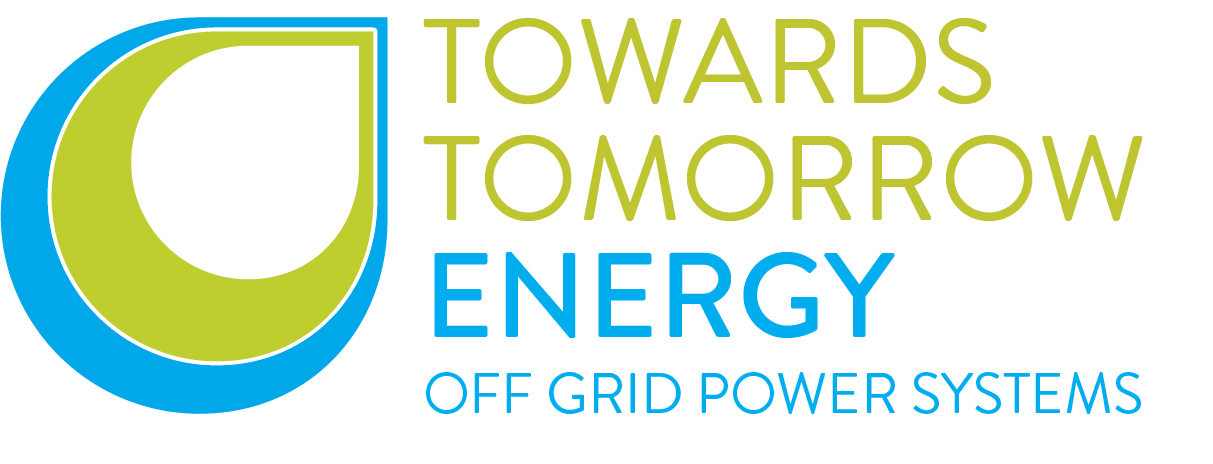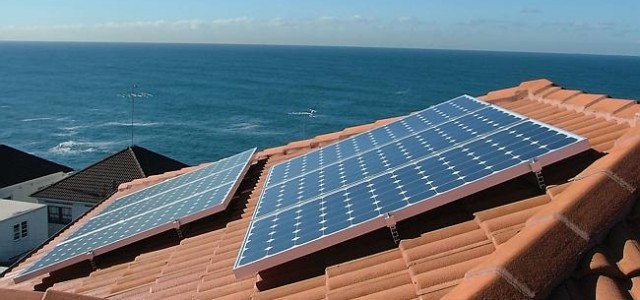THOUSANDS of homes will be forced to move their solar panels to catch the afternoon sun because bungling officials failed to properly design pricing regimes.
Most panels face north, meaning they catch all-day sun — but that does not ease the pressure at peak afternoon times, when the setting sun roasts Sydney from the west and millions of families switch on the airconditioning and other appliances all at once.
Families whose panels face north must reorient them to face west or face extra costs for network services under a new “cost-reflective pricing” regime set to start in 2017.
The new tariffs — guaranteed to spark outrage in Sydney’s baking fringes — have been quietly imposed after research for the Australian Energy Markets Commission claimed the 1.3 million Australian households with solar panels, including 300,000 in NSW are currently ‘underpaying’ for network services by about $120 a year.
West-facing solar panels produce more power during peaks, better alleviating pressure on the network.
AEMC chief Paul Smith admitted it should have required all panels to face west in the first place.
“To some degree we did miss that boat with tariffs that were not necessarily the right structure,” he said.

Afternoon sun is the key to reducing the network’s load.
The Energy Networks Association claims without tariff reform, solar panel subsidies could rise to $655 per year by 2035, when up to seven million homes will have solar systems.
Households whose panels face north must reorient them to face west or face extra costs for network services under a new “cost-reflective pricing” regime that starts in 2017,
The new tariffs have been imposed after research for the Australian Energy Markets Commission showed the 1.3 million Australian households with solar panels — including 300,000 in NSW — are currently underpaying for network services by about $120 a year.
Solar panels pointed west produce more power during periods of peak demand and are therefore better at alleviating pressure on the network.
Paul Smith, the CEO of AEMC, said the tariffs designed to encourage solar panel installation had failed to require a westerly orientation.
“To some degree we did miss that boat with tariffs that were not necessarily the right structure,” Mr Smith said.
Research published last month by the Energy Networks Association claims that without tariff reform, “cross subsidies” paid to those customers with solar panels could increase to $655 per year in 20 years, when it is estimated about seven million homes will have solar systems.
At the moment about one in seven homes have solar power.


